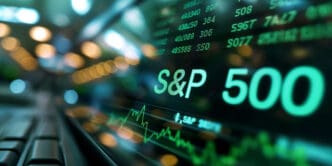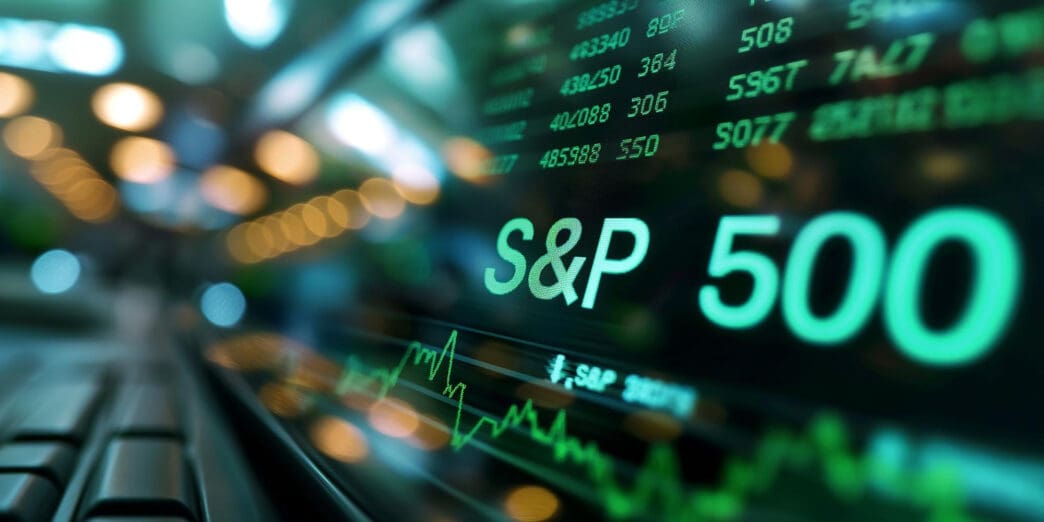Executive Summary
The Story So Far
Why This Matters
Who Thinks What?
The S&P 500 index, which has gained 16% year-to-date as of November 1, 2025, has recently registered a cyclically adjusted price-to-earnings (CAPE) ratio of 39.5, a valuation level previously observed only during the dot-com bubble’s peak in 1999-2000. This historical valuation signal suggests a potential sharp market decline in the coming years, contrasting with Wall Street analysts’ consensus forecasting an approximately 11% upside for the index over the next year, despite factors like severe tariffs imposed by the Trump administration.
Understanding the CAPE Ratio
The CAPE ratio, also known as the Shiller P/E ratio, was developed by Nobel-winning economist Robert Shiller to assess market valuation over a longer timeframe. Unlike traditional P/E multiples that rely on trailing-12-month earnings, the CAPE ratio averages inflation-adjusted earnings over the past decade. This extended period aims to smooth out business cycle fluctuations, providing a more balanced picture of market expense.
Historical Precedent and Forecast
The S&P 500’s current CAPE ratio of 39.5 represents its highest reading in 25 years, having only surpassed this level for a 22-month period in 1999-2000. Historically, periods where the CAPE ratio exceeded 39 have typically preceded significant market drawdowns. Analysis of past occurrences suggests the S&P 500 could decline by as much as 30% over the next three years.
Wall Street’s Optimistic Outlook
In contrast to these historical warnings, Wall Street analysts maintain a largely optimistic near-term outlook for the stock market. Forecasts, based on aggregating individual target prices for stocks within the index, anticipate the S&P 500 could climb to 7,560 over the next year. This projection is supported by expectations of continued strong earnings growth, with S&P 500 companies predicted to report 14% earnings growth in 2026, following 11% in 2025.
Investor’s Dilemma
This divergence presents investors with a complex decision, balancing historical valuation indicators against current analyst sentiment. While the CAPE ratio is considered a poor predictor of short-term movements, it has historically been a reliable indicator of long-term market patterns. Investors are advised to reconcile these differing views based on their individual investment horizons.
Key Takeaways
The current market environment is characterized by a notable tension between a historically high valuation signal, which has previously foreshadowed significant downturns, and a generally bullish near-term outlook from financial analysts. This juxtaposition highlights the ongoing debate regarding the sustainability of the S&P 500’s recent gains and its future trajectory.







